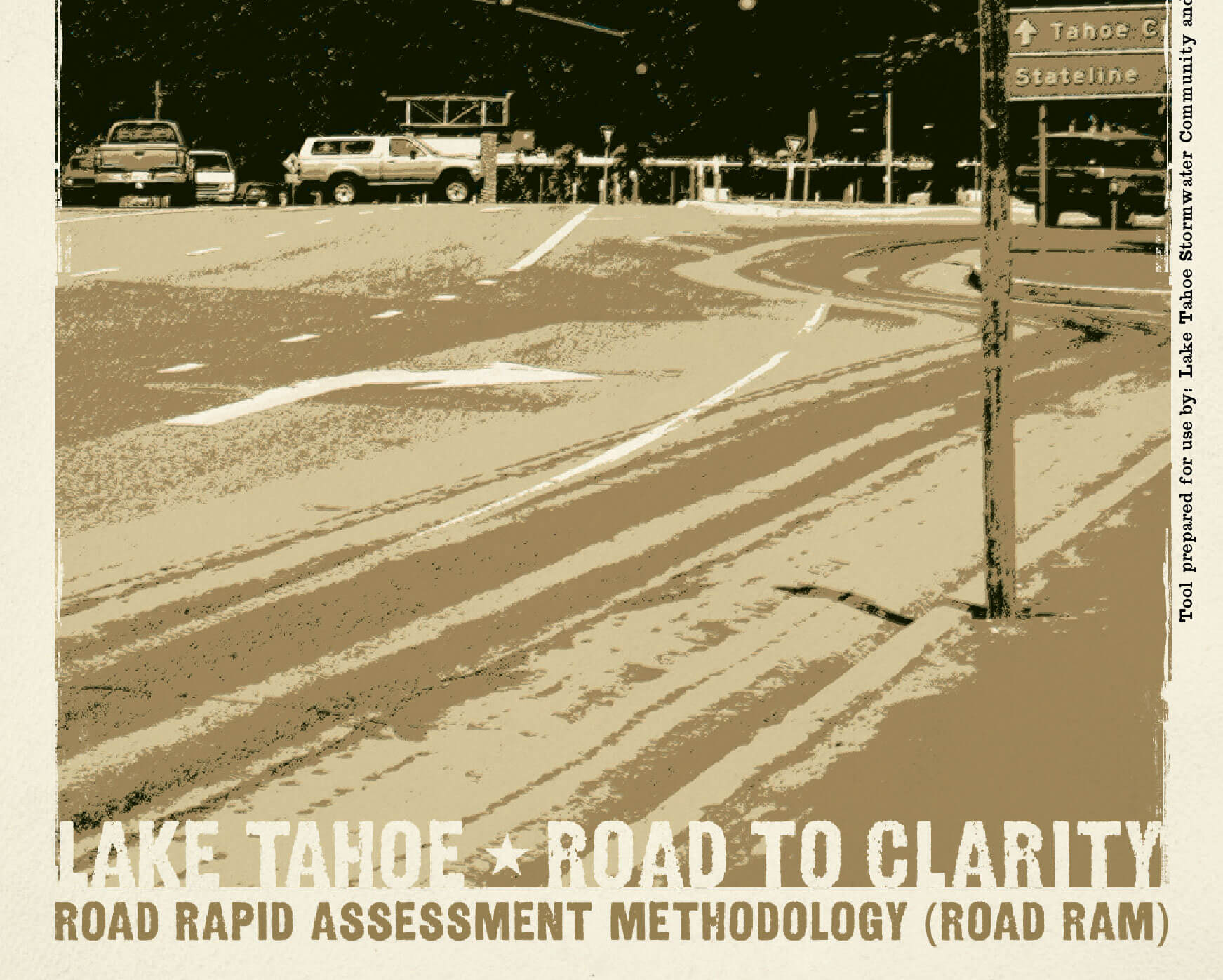Prepared by 2NDNATURE for the USDA Forest Service Pacific Southwest Research Station.
Executive Summary excerpt
Resource managers need tools to quantify the water quality benefits of stream environment zone (SEZ) restoration efforts in a manner comparable to and consistent with the stormwater quality load reduction tools that have been developed to support the Lake Tahoe TMDL (LRWQCB and NDEP 2010) and Lake Clarity Crediting Program (LRWQCB and NDEP 2009). It is assumed that SEZ restoration actions that increase the frequency and duration of overbank flow events may result in substantial removal of the pollutants of concern, particularly fine sediment particles (FSP <16 μm), yet to date an accepted method for estimation and supporting data do not exist. The research herein provides a cost‐effective data collection and analysis technique that quantifies the fine sediment particle load reductions as a result of floodplain inundation, and this analysis shows that stream restoration is a potentially significant FSP load reduction opportunity.


